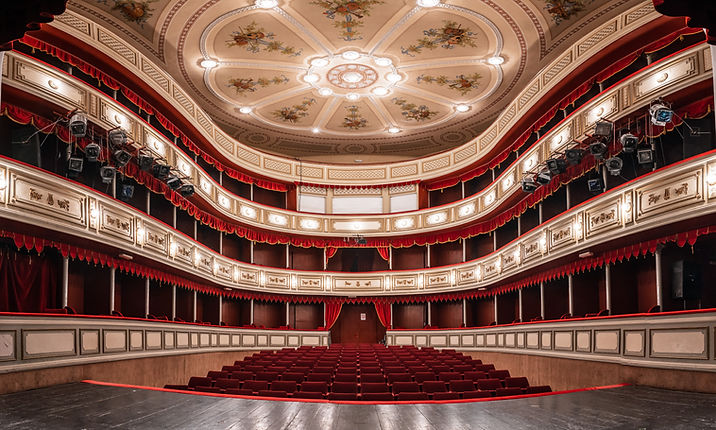
Drama Lessons
Teachers Manual for Primary Years

KangaYou Drama Toolkit
A Teacher Manual of key resources and essentials skills suitable for primary NIT teachers and middle school drama.
Shakespeare
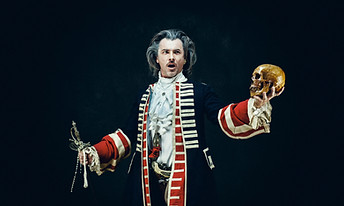
William Shakespeare
Sonnets analysis and creation. Skills of the art of story- telling, language and the art of the prologue. Love, intrigue and rebellion. Sonnets and Iambic pentameter SONNET 141 'Do I love thee' analysis

William Shakespeare
Dive deep into the historical background of the great playwright Shakespeare. Understand and learn about the ground-breaking Elizabethan times for theatre via the creation of the theatres such as the Globe, the aristocratic patrons, the play writers and the actors of this era. Discover writing/acting techniques such as suspension of belief verse and prose , disguise and irony and much, much more

Macbeth
Explore key soliloquies with guided suggestions and uncover deeper meaning behind Shakespeare's language and structure perfect for teachers students alike including handy snap shop summary and a selection of engaging, curriculum relevant tasks to spark discussion performance and deeper understanding Whether your teaching it for the first time of revisiting this classic this resource brings Macbeth to life in dynamic and accessible ways.
Warmups, Improvisations and Role play

Leading point
Leading point is when you use a part of the body to lead your whole body follows. Skill, game but also great for characterisation physical creation.
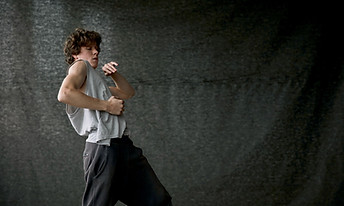
Improvisations
Improvisation means a performance (music drama art) that is not practiced or planned and that Invented by the performers with whatever can be found.

Role play
Explore diverse characters, in role play, and unleash your creativity. Have fun while mastering the art of performance and expression!
Characterisation and Movement

Movement Activities
A Range of movements. Lets explore the variations which are possible within. UPPER PRIMARY AMD MIDDLE SCHGOOL

Character Creation
LESSON 2; introduce movement using La Ban Method to develop movement and subsequently characterisation.

Basic Mime Movements
To develop MIME movements we have 8 basic movements. FLICK- flexible, light & quick, sudden.
DAB-direct, light &quick, sudden.

Body Laguage
LESSON 2; introduce movement using La Ban Method to develop movement and subsequently characterisation.

Movement La Ban
La ban is very useful for training the body to create deliberate and varied creative movement; excellent for characterisation.
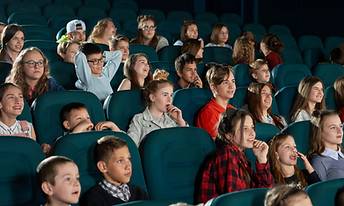
Developing Storylines
Flow in movement: Learning Intension: To experience the contrast between sudden and sustained movements.

Drama Body Language
LESSON 2; introduce movement using La Ban Method to develop movement and subsequently characterisation.

Melodrama
LESSON 2; introduce movement using La Ban Method to develop movement and subsequently characterisation.
Voice Work and Warmups
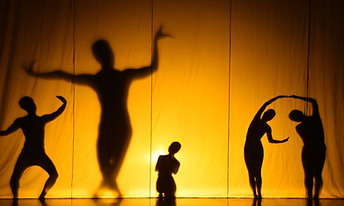
Pitch Pace Pause Projection
Inquiry Question; How do I manipulate my voice to show Character when performing?

Vocal Exercises - Voice Control
Introduce voice warm ups and concept of tone variation in register pitch pace and projection of voice.
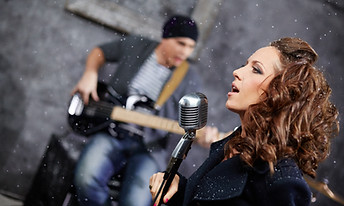
Vocal Exercises Lesson 2
Intention and outcome: Experiment with vocal control and improve voice control diction and range.

Vocal Warmup - Tongue Twisters
A resource of twisters as introduction to lessons focusing on voice work. To achieve a crisp, frontal placement of consonants.

Voice Acting
LEARNING Intention and outcome: Experiment with vocal control and improve voice control diction and range.
Acting and Script Interpretation
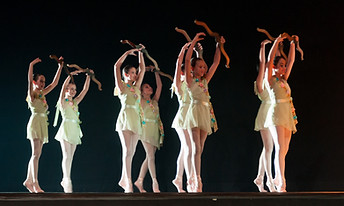
Acting techniques
Middle to upper school years page to stage skills, thought tracking or sub text exercises, power positions, voice and characterization, timing and pacing.
Clowning Unit Lessons

Clowning for two
Overexaggerated actions, clowning stunt work and entertainment tricks and routines. Creating your own clowning routines
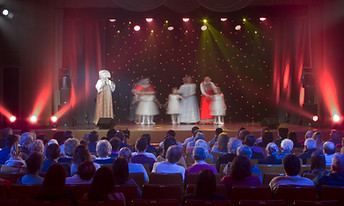
Clowning Unit 1
Everything is exaggerated made big, simple and easy to understand. The whole body is used to express an idea.

Clowning Unit: Years 8-10
Skills building lesson 2: Students experiment with more routines to add to their clowning repertoire of tricks and games they paly to engage the audience.
Technical Theatre Stagecraft

Stage Craft
Develop your control and understanding of key concepts and working that are part of stage craft. Know the terminology the positioning and key skill sets that are part of managing and conversing in this area of stage craft competence

Creating Stage Lighting
Understand and learn the technical descriptions, techniques and equipment of the world of lighting. Use ready made grids and plans to create your lighting sequence and plan. become accomplished and create that mood that magic on stage to enhance the beauty and drama of that play or concert you're working on.
Stage craft year 8 the first one

Stage Craft - Year 8
There are many skills and elements of stage- craft explore familiarise yourself with chain of commands and character analysis . Laminate those lists of characters and experiment with body position on stage and characterization.
Do you teach primary or high school drama?
Our teacher modules are curriculum linked to education system standards.

